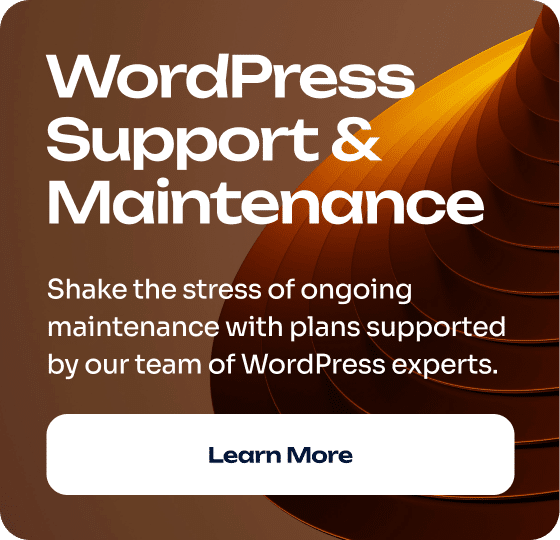In the web design and digital marketing industry, there’s a perplexing trend: clients often set the price for projects without fully understanding the work involved. This approach doesn’t happen in other industries, and it stems from a lack of education about what truly goes into building a professional website.
Let’s explore why this happens, why it’s important to correct it, and how educating clients can create better outcomes for everyone.
The Problem: When Clients Set the Price
Imagine walking into a Tesla dealership and offering $10,000 for a car that costs $50,000. It sounds absurd, right? Yet, in web design, this is surprisingly common. Potential clients often come with budgets that don’t align with the scope of work required, asking for custom, professional websites for prices that would barely cover a template.
Why This Happens
- Lack of Understanding: Many clients don’t know the effort, time, and expertise required to build a professional website.
- Low-Quality Competition: Too many vendors offer subpar services at rock-bottom prices, creating unrealistic expectations.
- Misleading Comparisons: Clients might assume all web design services are the same, comparing custom work with cookie-cutter solutions.
The Impact on the Industry
- Race to the Bottom: Low-quality providers willing to work for less hurt the industry by undervaluing professional services.
- Client Disappointment: Cheap options often lead to poor results, leaving clients frustrated and businesses damaged.
Looking to Other Professional Services As An Example
Construction Industry
When you hire a contractor to build or renovate a property, the pricing is based on detailed estimates that consider materials, labor, design complexity, and compliance with building codes. Clients don’t dictate the price; instead, they receive a quote reflecting the project’s scope and the quality of workmanship expected. Attempting to set your own price in this context would likely result in subpar results or outright refusal of service.
Legal Services
Engaging an attorney involves fees that correspond to their level of expertise, the complexity of the legal matter, and the time required to handle the case. Lawyers provide a fee structure or hourly rates upfront, and clients decide whether to proceed based on these terms. The idea of a client unilaterally setting the fee for legal representation is impractical and would be dismissed in professional legal practice.
Medical Field
Healthcare costs are determined by the nature of the medical services provided, the technology and equipment used, and the healthcare professionals’ expertise. Patients are informed of the costs and may have options for payment plans or insurance coverage, but they don’t set the prices for surgeries or treatments. The medical profession operates on established pricing to ensure quality care and the sustainability of healthcare providers.
Why Is Web Design Different?
The anomaly in web design arises from several factors:
- Perceived Accessibility: With numerous DIY website builders and templates available, some clients may perceive web design as a simple task, underestimating the skill and effort required for a custom, professional site.
- Market Saturation: The abundance of web designers, ranging from freelancers to large agencies, creates a wide spectrum of pricing. This variability can lead clients to believe that pricing is negotiable or arbitrary.
- Lack of Standardization: Unlike regulated professions, web design lacks standardized pricing structures, leading to misconceptions about the value and cost of services.
The Remedy: Education and Transparency
Clients need to understand what they’re paying for and why quality services cost more. Here’s how:
1. Breaking Down the Process
Professional web design involves several critical phases, each requiring expertise:
- Discovery: Understanding the client’s goals, audience, and unique needs.
- Design: Crafting a custom look using tools like Figma.
- Development: Coding the site to ensure functionality, scalability, and responsiveness.
- Quality Assurance: Testing across devices and browsers to eliminate issues.
Each step takes time and skill—and cutting corners compromises the outcome.
2. Explaining the Cost of Expertise
Custom web design means working with experienced professionals. For example:
- Designers: Create unique, user-friendly interfaces.
- Developers: Build robust, scalable websites.
- Content Strategists: Ensure messaging aligns with business goals.
- SEO Specialists: Optimize the site for search engines.
These experts command rates that reflect their skills and the value they bring to a project.
3. Comparing Apples to Apples
It’s crucial to differentiate between:
- Template-Based Solutions: Quick, inexpensive, but limited in customization and scalability.
- Custom Designs: Tailored to specific business needs, offering flexibility and a unique user experience.
A $19.95 template is not equivalent to a custom-designed, professionally developed website. The latter involves a comprehensive process that ensures the site is responsive, secure, and aligned with the client’s brand.
4. Highlighting Long-Term Value
Investing in quality web design pays off through:
- Better User Experience: Leading to higher engagement and conversions.
- Scalability: Allowing the website to grow with the business.
- SEO Benefits: Improving visibility in search engine results.
- Reduced Maintenance Costs: High-quality sites require fewer fixes and updates.
Conclusion
Educating clients about the realities of web design pricing is essential. By understanding the process, the expertise involved, and the long-term value of quality work, clients can make informed decisions that benefit their businesses.
As professionals, it’s our responsibility to provide this education, ensuring that expectations align with reality and that the industry maintains its standards of excellence.






